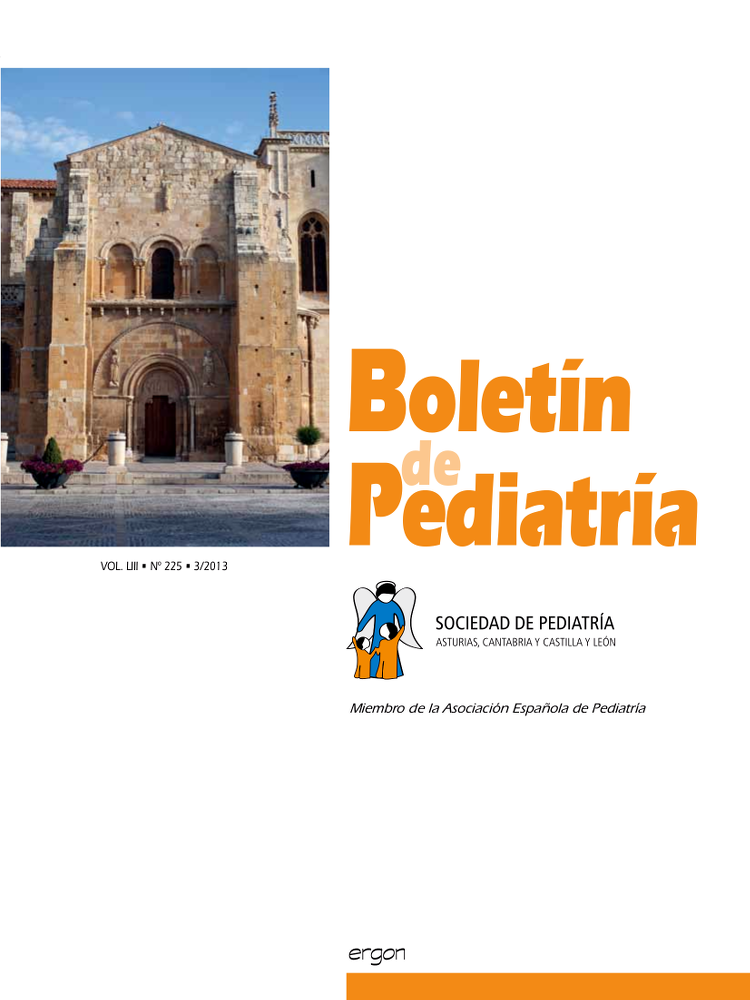Abstract
Tracheoesophageal fistulea are the most frequent congenital abnormality of the respiratory tract, with an incidence of 1/3,500 in newborns. There are 5 types according to it anatomy, the H-type fistula being the least frequent. This variety is not associated to esophageal atresia, so that its diagnosis is later.
We present the case of a 6-year old boy with background of late preterm. He presented episodes of regurgitations, coughing and bronchospasms beginning at one month and a half of life. The scintigraphy showed episodes of gastroesophageal reflux, that did not pass to the airway. Treatment was initiated with omeprazole, domperidone and home monitoring. There was improvement of the digestive symptoms, the bronchospasm episodes persisting. Due to suspicion of asthma of the infant, treatment was begun with inhaled corticosteroids in growing doses with partial control of the symptoms. He was diagnosed of Pneumonia at 4 years of age, with subsequent exacerbation of his symptoms, chocking with liquids and respiratory distress. The Ph meter showed pathological gastroesophageal reflux. The barium transit showed passage of the contrast to the trachea and main bronchi through the fistulous pathway of 7 mm in length and 3 mm thick between the anterior face of the esophageal and posterior one of the tracheal, suggestive of H fistula. He was operated on, decreasing the episodes of bronchospasm, without inter-episode symptoms.
A total of 4% of the tracheal-esophageal fistulae are in H. These are usually diagnosed late, in relation with chronic respiratory problems, gastroesophageal reflux and episodes of choking with liquids. There prognosis is generally good, depending on the association with esophageal atresia or other abnormalities (VACTERL).

This work is licensed under a Creative Commons Attribution-NonCommercial 4.0 International License.
Copyright (c) 2013 Boletín de Pediatría
